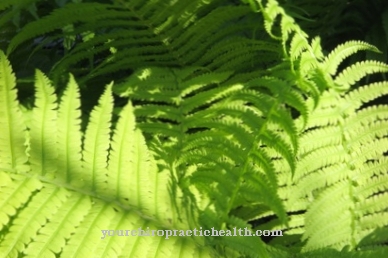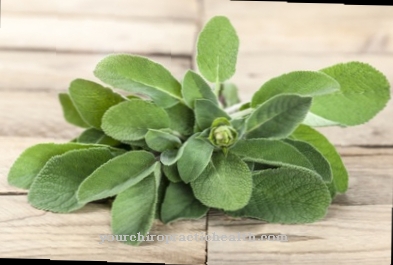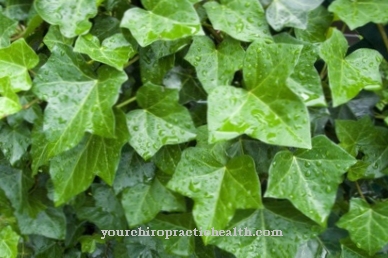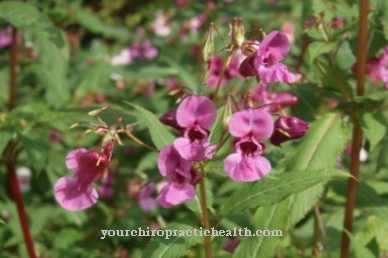Occurrence & cultivation of the fragrant violet

March violets occur as frost-hardy evergreen, rhizome-forming perennials. On upright, relatively short shoots, they form clusters of toothed, heart-shaped leaves. The approximately 2 cm wide flowers appear red, white or blue-violet depending on the variety. They open in late winter or early spring and have an intense smell. The plants contain ingredients with proven medicinal properties.
Scented violets are closely related to the wild pansies (Viola tricolor), which can also be found in the wild all over Europe. Wild pansies form intensely shaded flowers in lavender blue, white, purple, and yellow.
Scented violets are particularly found in partially shaded locations and are particularly to be found as companions to roses or under dense shrubs in the gardens. In the wild they can be found in bushes, deciduous hedges and on the edges of forests.
At their original locations, the scented violets spread quickly and cushion-like via runners, the so-called stolons. Ants are also responsible for their spread. In addition, the perennials can be divided in spring or autumn. Seeds are commercially available that can be sown on the spot. In the garden you can find fragrant violets in the following varieties: Queen Charlotte, Red Charm, Reine des Neiges, Triumph, Sulfurea, Czar Blanc, Alba, Reine Victoria, Countess of Shaftesbury and Flore Pleno.
The continuous removal of dead flowers extends the flowering time of the fragrant violets. The plants can be attacked by various diseases, mainly powdery mildew, rust fungus and mosaic viruses. All parts of the plant, especially the flowers and roots of the fragrant violets, can be harvested for various purposes in the course of spring.
Effect & application
Viola odorata are used in herbal medicine, in the herbal kitchen and as a scented plant. The mode of action of the scented violet in herbal medicine is based on its diverse ingredients: The essential oil of the fresh flowers includes parmon (trans-α-ionon - the fragrance principle of the oil), 2,6-nonadiene-1-al, undecanone-2 and isoborneol and 2,6-nonadiene-1-al. Other valuable ingredients are (+) - α-curcumen and other sesquiterpenes as well as α- and β-ionone. In addition, the ingredients of the dried flowers salicylic acid methyl ester, flavonoids and mucilage ensure the healing effects of the scented violet.
The alkaloid violin, in turn, mucilaginous substances and triterpenes such as β-sitosterol, Friedelin, salicylic acid methyl ester and the phenol carboxylic acids sienapic acid and ferulic acid in the air-dried violet flowers do the rest. 0.038 percent essential oil with salicylic acid methyl ester and β-nitropropionic acid as well as violin and the salicylic acid glucoside Gaultherin provide the dried rootstock of the violet plant.
Even Hippocrates of Kos and Pedanios Dioscurides used fragrant violets as medicinal plants against skin eczema. In the course of the 19th century the plant was believed to have therapeutic effects against cancer. Today homeopathic dilutions are used for eye diseases and earaches. Because of its alkaloid violin, violet syrup is particularly effective against coughs, catarrh of the upper respiratory tract and bronchitis. Violet teas also have a healing effect on sleep disorders, headaches and mucus.
Because extracts from Viola odorata are said to have vasodilating and lipid-lowering effects, the scented violet was declared “Medicinal Plant of the Year” in 2007. Because of their potential effectiveness against tumors, the particularly stable peptide structures of the viola odorata serve as a model for new cancer drugs.
Fresh violet blossoms can be used in the kitchen for pretty decorations of desserts and salads as well as for flavoring vinegar and syrup. Candied flowers adorn cakes and desserts - France "Violettes de Toulouse" are famous petit foods. The purple violet liqueur "Parfait Amour" is also famous and traditional.
Besides the Parma violet, only the flowers of the scented violet are natural raw materials for perfume production. An absolute made from violet flowers has been used here since the 19th century. The perfume industry extracts a significant amount of its so-called “green” scents from the foliage of the scented violet.
As ornamental and cut flowers, fragrant violets can be found in clay pots on balconies and window sills. The variety "Queen Charlotte" with blue flowers that stand well above the leaves is still used to a lesser extent as a cut flower. Incidentally, the cultivation of cut flowers has come to a standstill in the past decades because the cultivation of the dainty plants has become too expensive.
Importance for health, treatment & prevention
Fragrant violets, with all their plant components, are of outstanding importance for health, prevention and treatment. Their health-promoting effects are used in conventional medicine, plant medicine and alternative healing methods. The pharmaceutical industry uses the peptide structures of the scented violet as a model in the development of new cancer drugs. In the individual, domestic setting, i.a. Violet flower infusions for various ailments. To do this, 1 teaspoon of the dried violet blossoms is scalded with 1 cup of boiling water and strained after about 10 minutes. For violet blossom tea, the recommended amount to drink is 2 cups a day.
Violet syrup is particularly effective against coughs: To make the syrup, fill a cup of fresh violet blossoms into a bottle and pour ¼ liter of boiling water over it. After a steeping time of about 24 hours, the batch is strained. Then the first batch is boiled - let it steep with the same amount of fresh violet flowers; Finally add about a cup of honey. The highly effective syrup can be taken in teaspoons several times a day.
























.jpg)



